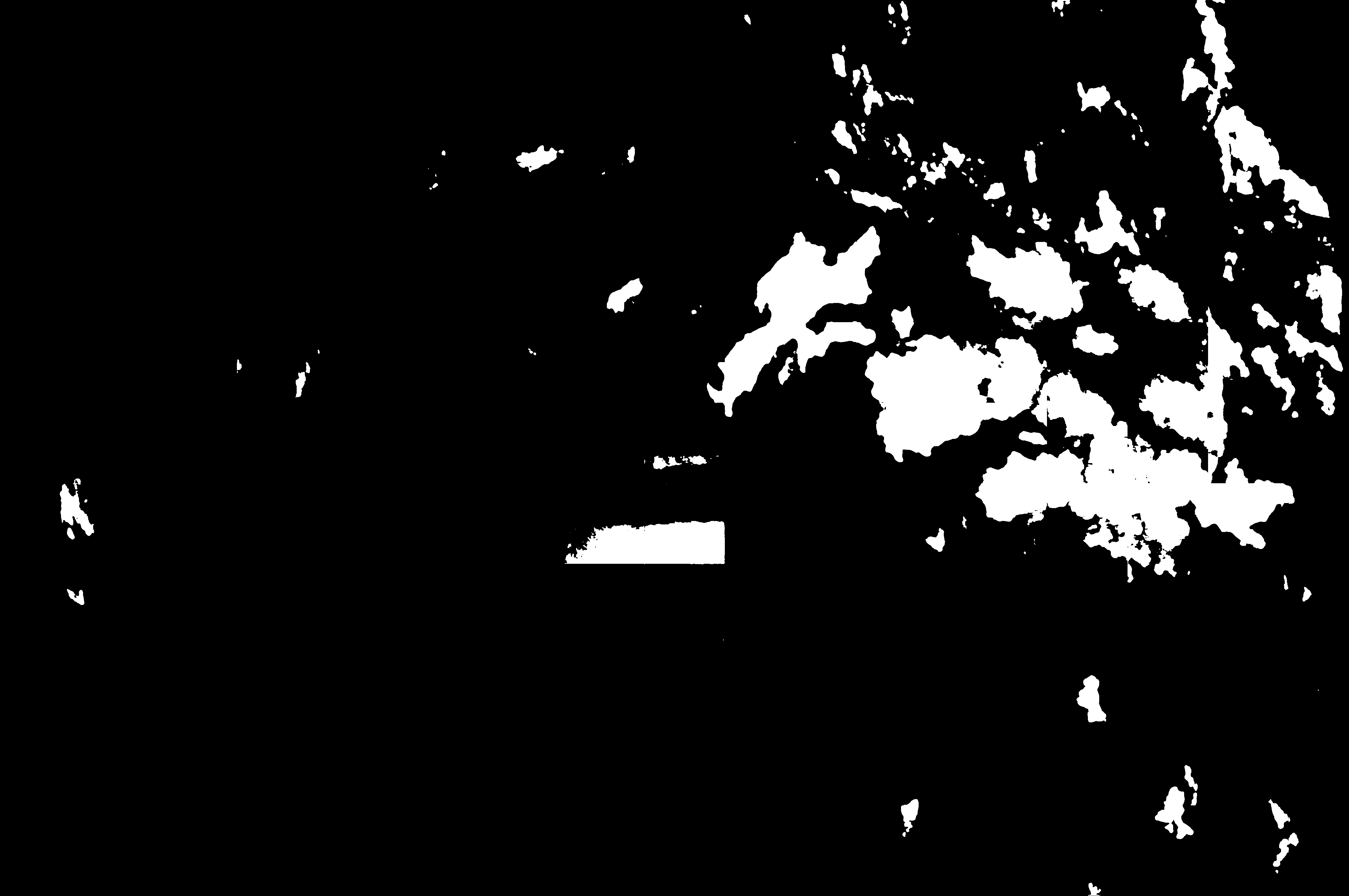< ISS029-E-31270 >
| NASA Photo ID | ISS029-E-31270 |
| Focal Length | 110mm |
| Date taken | 2011.10.18 |
| Time taken | 11:32:53 GMT |
Resolutions offered for this image:
1000 x 664 pixels 540 x 359 pixels 720 x 480 pixels 4288 x 2848 pixels 640 x 425 pixels
1000 x 664 pixels 540 x 359 pixels 720 x 480 pixels 4288 x 2848 pixels 640 x 425 pixels
Country or Geographic Name: | INDIA |
Features: | CREPUSCULAR RAYS, CLOUD, HAZE |
| Features Found Using Machine Learning: | |
Cloud Cover Percentage: | 25 (11-25)% |
Sun Elevation Angle: | 7° |
Sun Azimuth: | 256° |
Camera: | Nikon D2Xs Electronic Still Camera |
Focal Length: | 110mm |
Camera Tilt: | Low Oblique |
Format: | 4288E: 4288 x 2848 pixel CMOS sensor, RGBG imager color filter |
Film Exposure: | |
| Additional Information | |
| Width | Height | Annotated | Cropped | Purpose | Links |
|---|---|---|---|---|---|
| 1000 pixels | 664 pixels | No | Yes | Earth From Space collection | Download Image |
| 540 pixels | 359 pixels | Yes | Yes | Earth From Space collection | Download Image |
| 720 pixels | 480 pixels | Yes | Yes | NASA's Earth Observatory web site | Download Image |
| 4288 pixels | 2848 pixels | No | No | Download Image | |
| 640 pixels | 425 pixels | No | No | Download Image |
Download Packaged File
Download a Google Earth KML for this Image
View photo footprint information
No GeoTIFF is available for this photo.Image Caption: Crepuscular Rays, India
Note: This caption refers to the image versions labeled "NASA's Earth Observatory web site".
The sight of shafts of light, beaming down from the heavens through a layer of clouds, has provided many an artist, scientist, and philosopher with inspiration throughout the centuries. Atmospheric scientists refer to this phenomenon as "crepuscular rays", referring to the typical observation times of either sunrise or sunset. Shadowed areas bounding the rays are formed by obstructions in the solar (or lunar) illumination pathway such as clouds or mountain tops; however this alone is not sufficient to create the phenomenon. The light must also be scattered - by airborne dust, aerosols, water droplets, or molecules of the air itself--to provide the visible contrast between the shadowed and illuminated parts of the sky.
When observed from the ground, crepuscular rays appear to radiate outwards from the source of illumination due to the effects of distance and perspective; however the rays are actually parallel. This astronaut photograph from the International Space Station provides an unusual viewing perspective from above the rays. The sun was setting to the west (image left) on the Indian subcontinent at the time the image was taken, and cumulonimbus cloud towers provide the shadowing obstructions. The rays are being projected onto a layer of haze below the cloud towers. The image clearly illustrates the true parallel nature of the crepuscular rays.
Note: This caption refers to the image versions labeled "NASA's Earth Observatory web site".
The sight of shafts of light, beaming down from the heavens through a layer of clouds, has provided many an artist, scientist, and philosopher with inspiration throughout the centuries. Atmospheric scientists refer to this phenomenon as "crepuscular rays", referring to the typical observation times of either sunrise or sunset. Shadowed areas bounding the rays are formed by obstructions in the solar (or lunar) illumination pathway such as clouds or mountain tops; however this alone is not sufficient to create the phenomenon. The light must also be scattered - by airborne dust, aerosols, water droplets, or molecules of the air itself--to provide the visible contrast between the shadowed and illuminated parts of the sky.
When observed from the ground, crepuscular rays appear to radiate outwards from the source of illumination due to the effects of distance and perspective; however the rays are actually parallel. This astronaut photograph from the International Space Station provides an unusual viewing perspective from above the rays. The sun was setting to the west (image left) on the Indian subcontinent at the time the image was taken, and cumulonimbus cloud towers provide the shadowing obstructions. The rays are being projected onto a layer of haze below the cloud towers. The image clearly illustrates the true parallel nature of the crepuscular rays.



